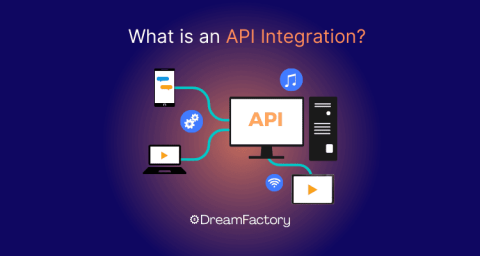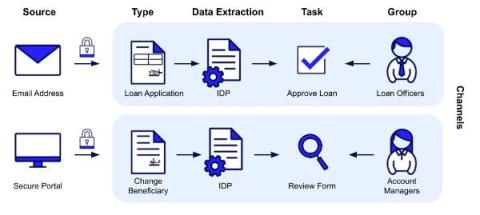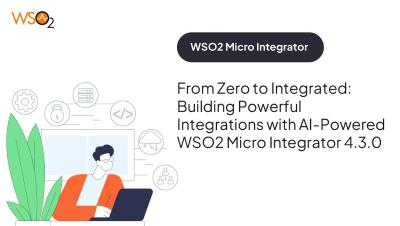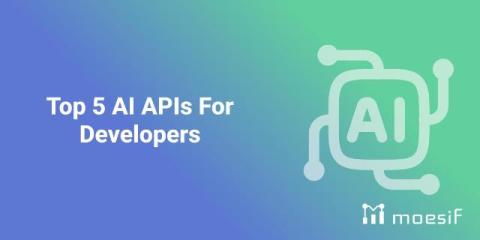What Is an API Integration?
Whether you’re working in the marketing department or the operations department, you’ve probably heard a lot about APIs and API integrations. API integration is the process of connecting different software systems or applications through their respective APIs to enable them to communicate and share data seamlessly. These have become the “buzz” terms of IT departments in recent years as more enterprises embrace the trend toward digital transformation.











